From the last remaining tram line to the ‘old ladies Harajuku’ – discover the corners of Tokyo where you may be the only tourist among locals. I promise that the tempura, temples and taiyaki you’ll find there are worth it!
Toden Arakawa Line
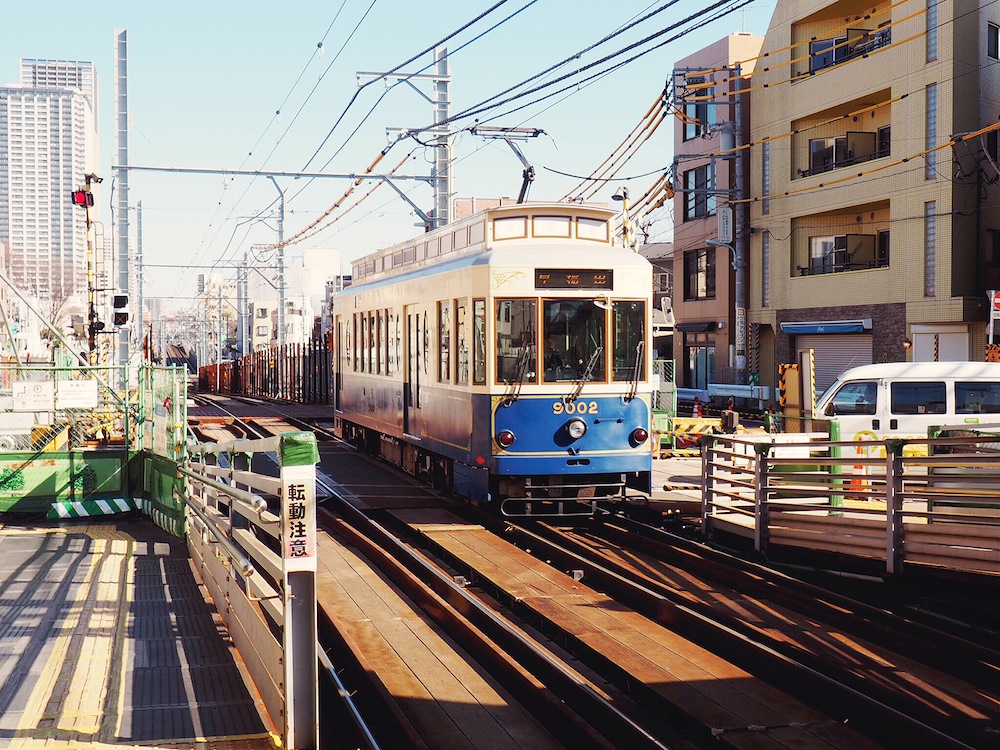
Tokyo’s an impressively modern metropolis but hop on the Toden Arakawa tram line and you’ll take a journey back in time. Tokyo’s last remaining tram line dates from 1913 and many of the neighbourhoods it travels through look like they haven’t changed much over the decades.
The refurbished but retro-styled cars shuttle locals back and forth with their shopping from Sugamo. The station signs are in Japanese and English, though, so it’s not a problem for foreigners to take a ride – you can pay the 170 yen fee in cash or tap on using your IC card.
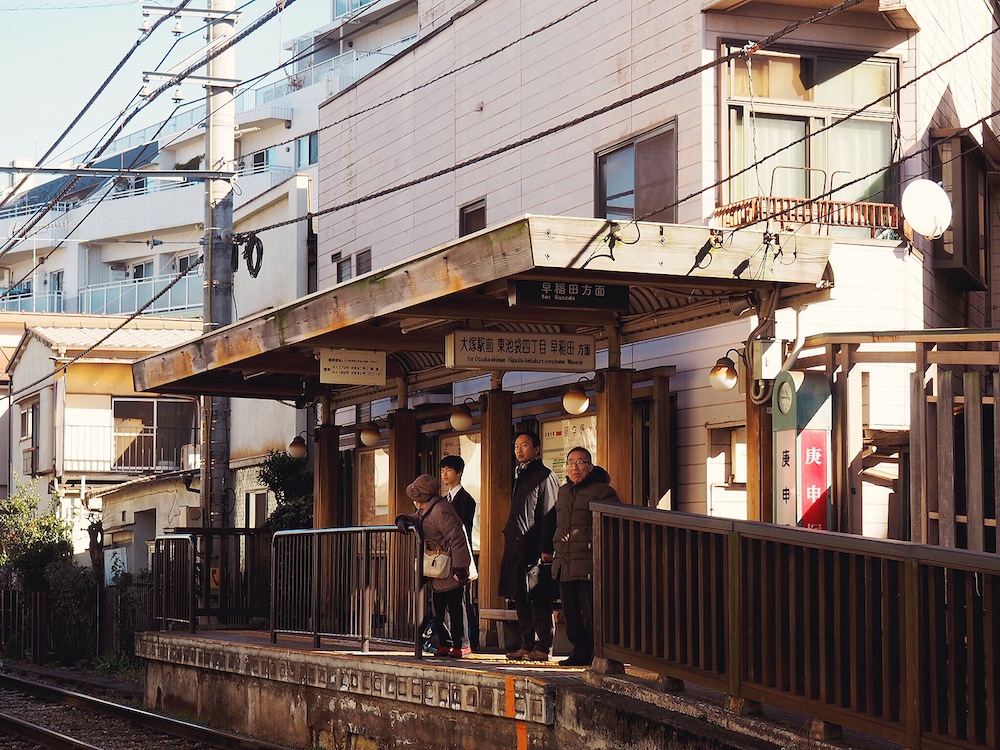
It’s worth hopping off at Kishibojidou Station to visit Kishimojin Temple, especially if you have a little one on the way, as this temple is dedicated to the goddess of safe birth and fertility. Although not a massive temple complex the road that leads to it is a serene Zelkova tree-lined avenue that is well-known throughout Tokyo.

Get a guide to show you around some of the lesser-known areas of Tokyo
Get There: The Toden Arakawa Line runs from Waseda Station to Minowabashi Station and connects with the Yamanote Line, Tokyo subway and the Nippori-Toneri Liner. It takes about 48 minutes to travel the whole thing. Read more.
Sugamo

Sugamo is known as the old ladies Harajuku as its full of quaint shops, cafes and temples that are loved by Tokyo’s older folks!
Along Sugamo Jizo Street you’ll find many sweet boutiques dedicated to new and second hand clothing that will suit the more (shall we say) mature fashionista.
One of the most popular shops sells only big red granny pants. Red pants are said to bring good luck and this shop has fully cashed in on the superstition with red pants of every variety – including novelty Hello Kitty and Sugamo designs.
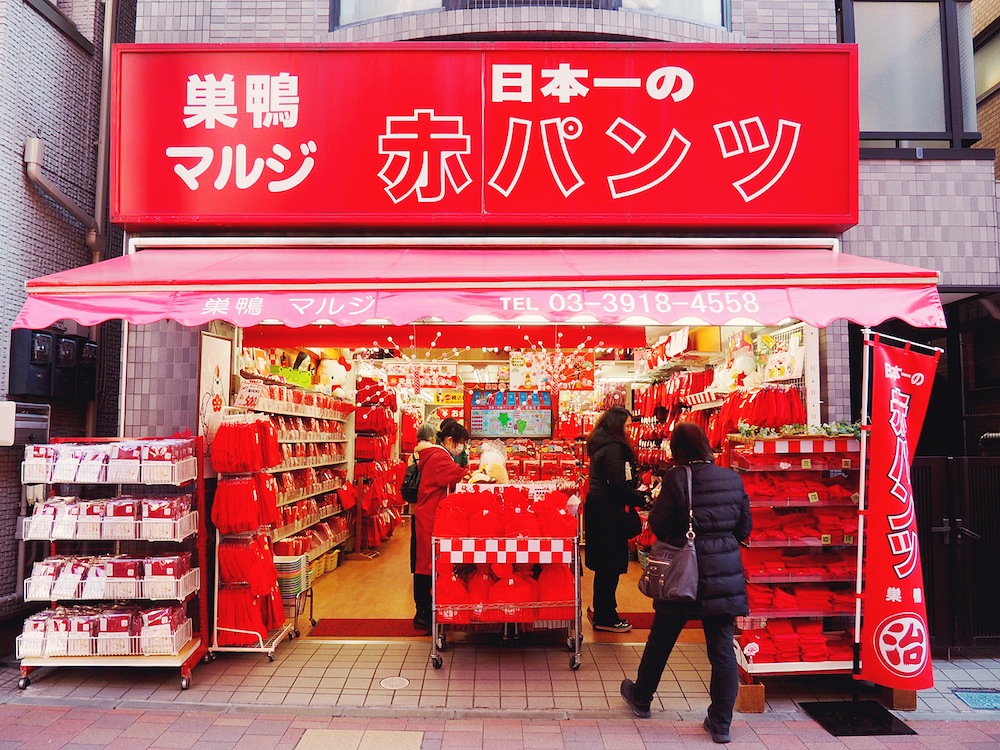

There’s also an intriguing temple on Sugamo Jizo where you can wash away your aches and pains by wiping them off a statue in the courtyard.
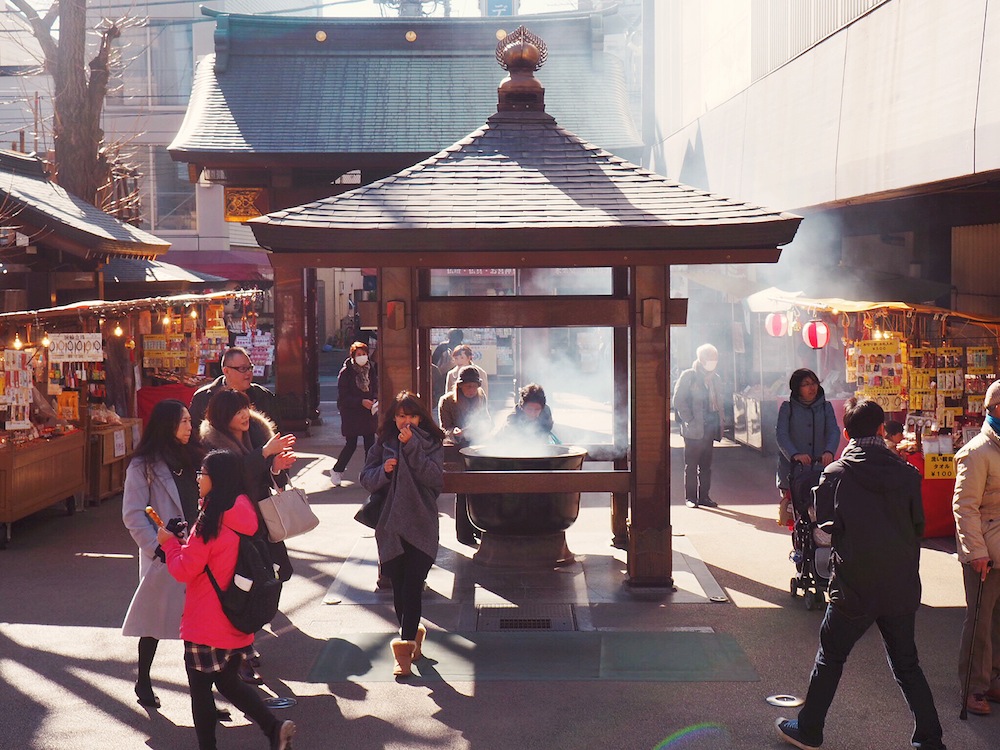
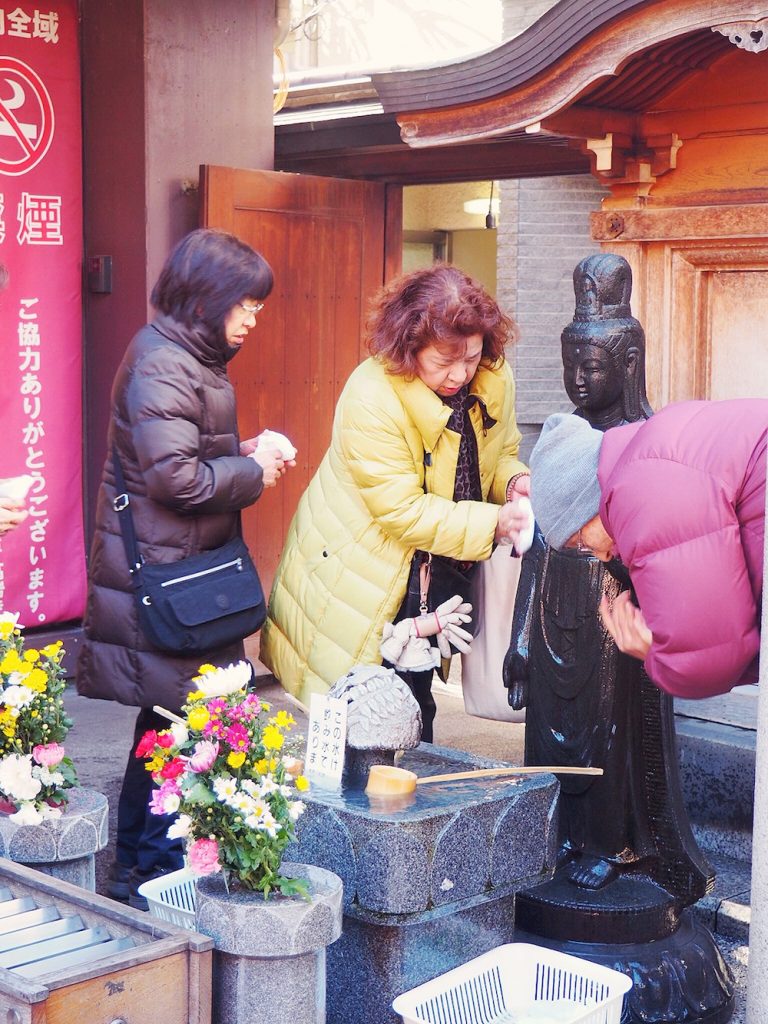
Food-wise: I tasted some of the best tempura ever at Tokiwa-Syokudo. (You know a restaurant’s gonna be good when the locals line up at 11.30am to get a table.) The simple set menu offers pork, prawn and fish tempura (or a mixture of all three) with rice, miso soup, pickles and salad that will keep you smiling until dinner.
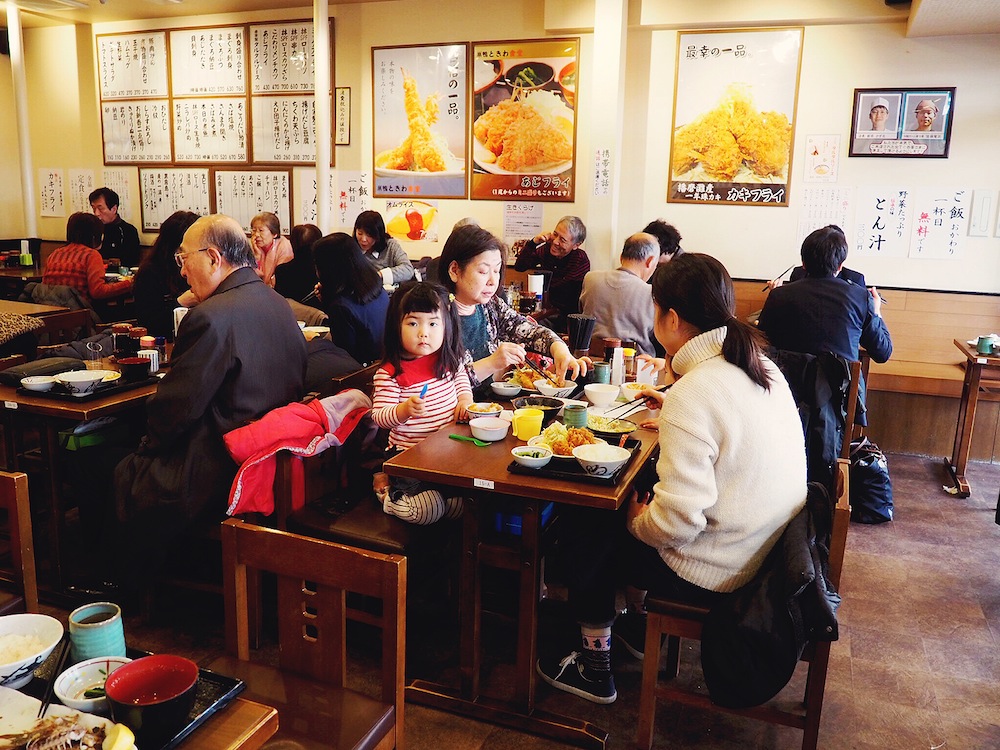
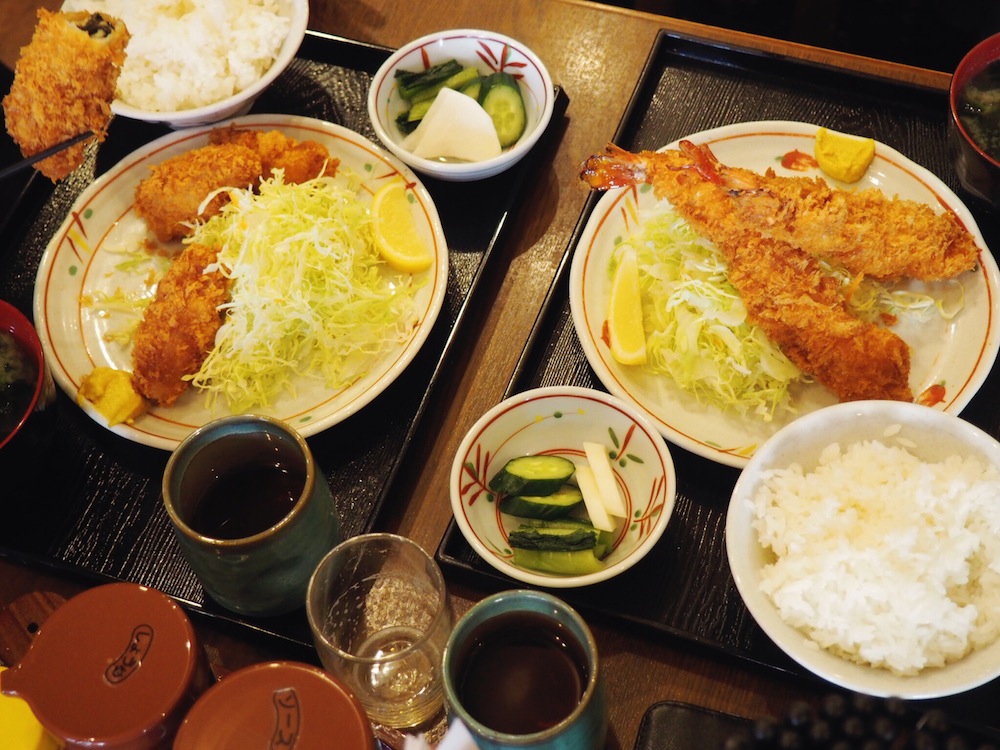
Get there: Walk from Sugamo Station or get off at Koshinzuka Station on the Toden Arakawa Line.
Rikugien Gardens
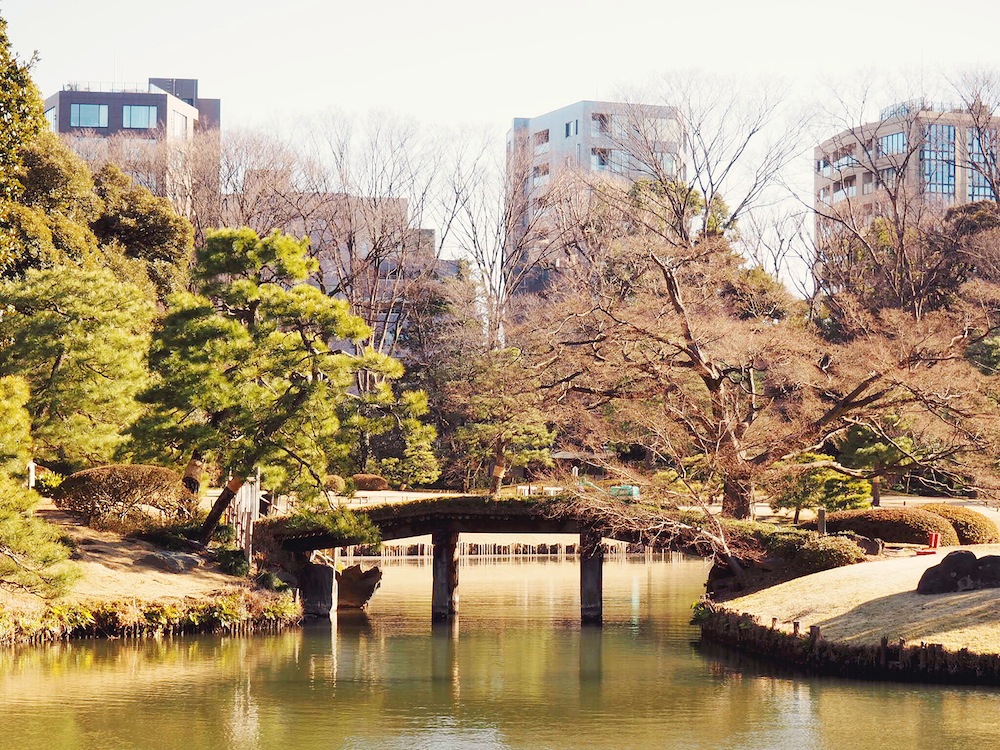
When Tokyo locals want to escape the frenzy of the city they head to a good garden. Rikugien Gardens is a circuit style daimyo (meaning: constructed by a great feudal lord) garden that has 88 beauty spots to admire. (I lost count after 20 but the brochure says there’s 88 so that’s go with that!)
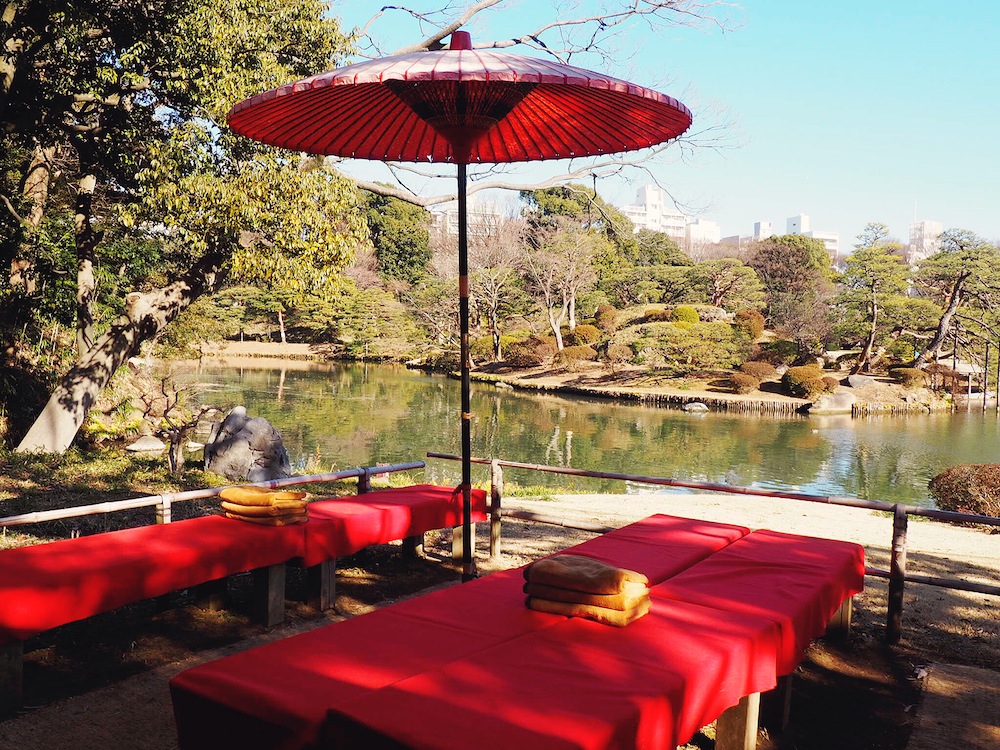
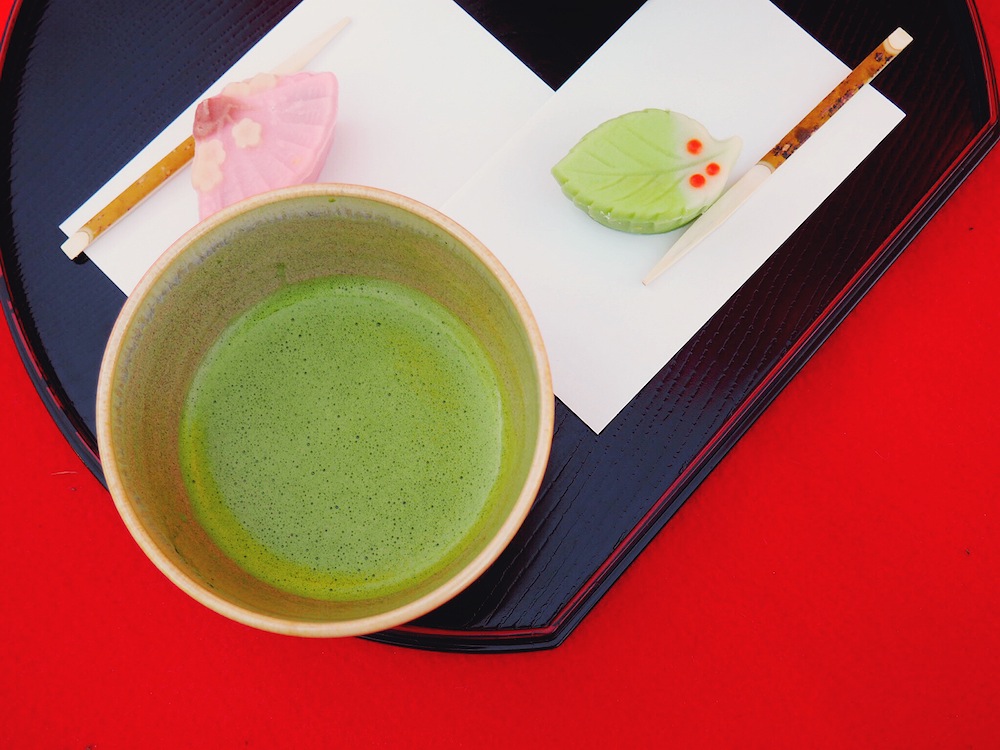
The garden, which was built in 1702, is typical of the Edo Period and became the second residence of Iwasaki Yataro, the founder of Mitsubishi, during the Meji era. There is a quaint teahouse half way around the circuit where you can enjoy a bowl of green tea with a sweet treat as you soak up the scenery.
Get There: Walk from Komagome or Sugamo Stations.
Book a local friend to show you their Tokyo
Amazake Yokocho-Dori, Ningyocho
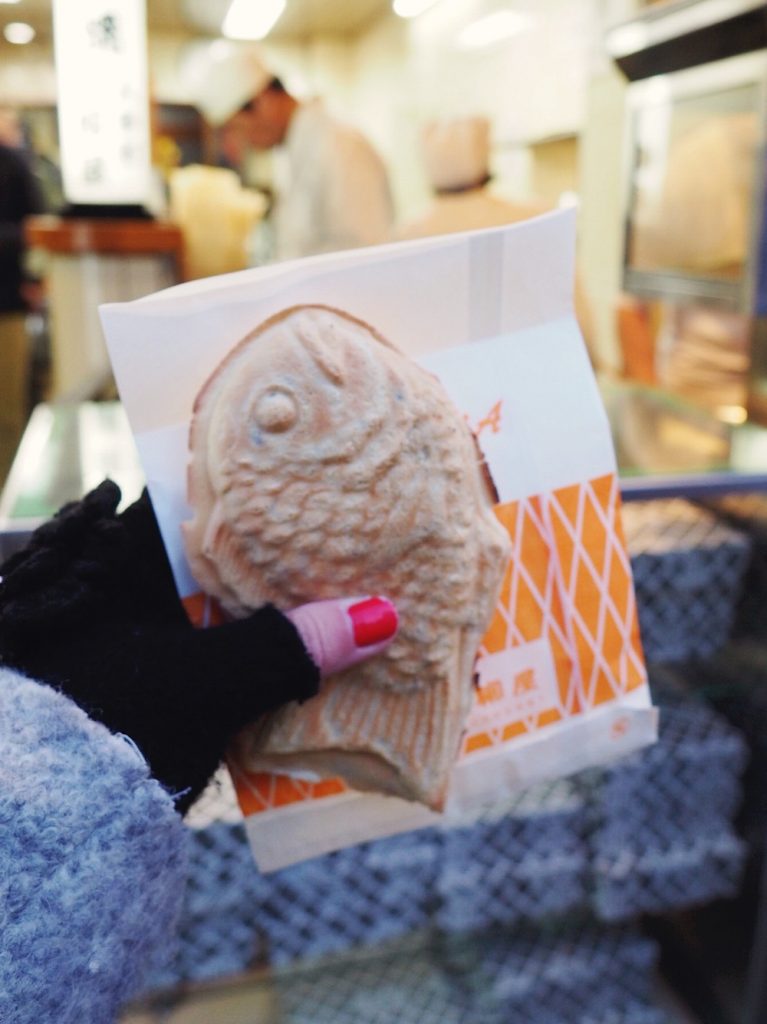
Ningyocho (meaning: Doll Town after the puppet makers who used to live in this area) is a great place to sample some of Tokyo’s top local treats including Taiyaki – fish shaped cakes filled with red bean paste – and Amazake – a sweet warm drink made from sakekasu, the lees (leftover bits) of the sake making process.
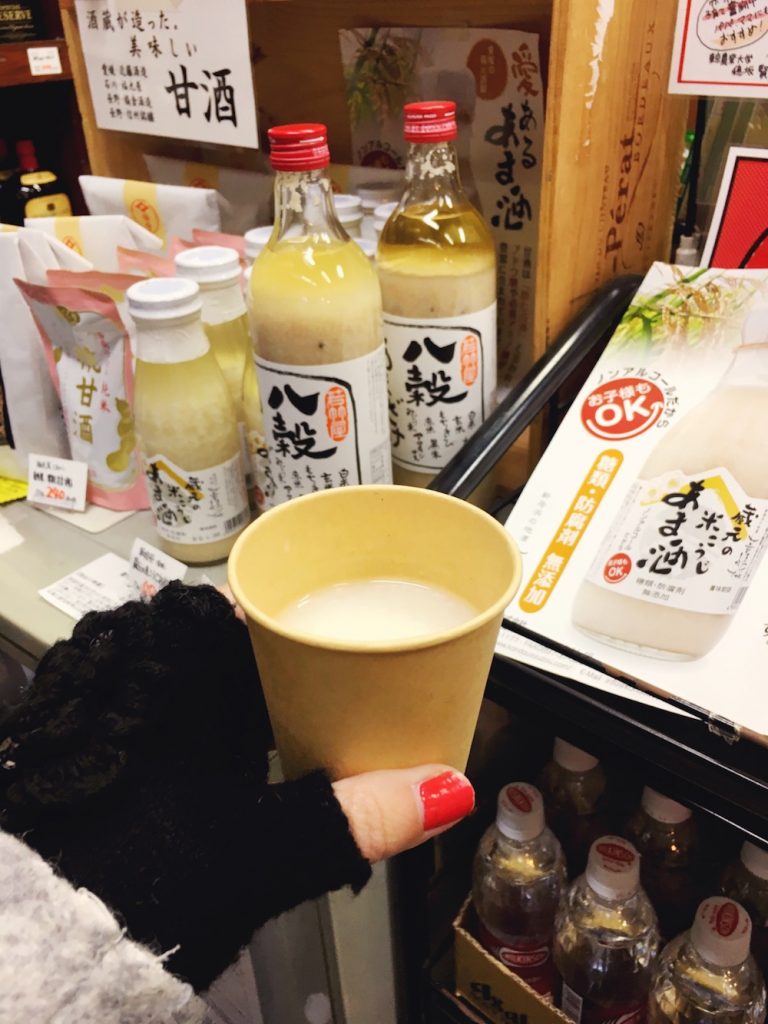
I’m not going to lie, neither treat was quite like what my sweet teeth are used to but I could see the Amazake growing on me, particularly when you need something warm and filling in winter.
Get there: Walk from Ningyocho Station.
Corridor Street, Ginza
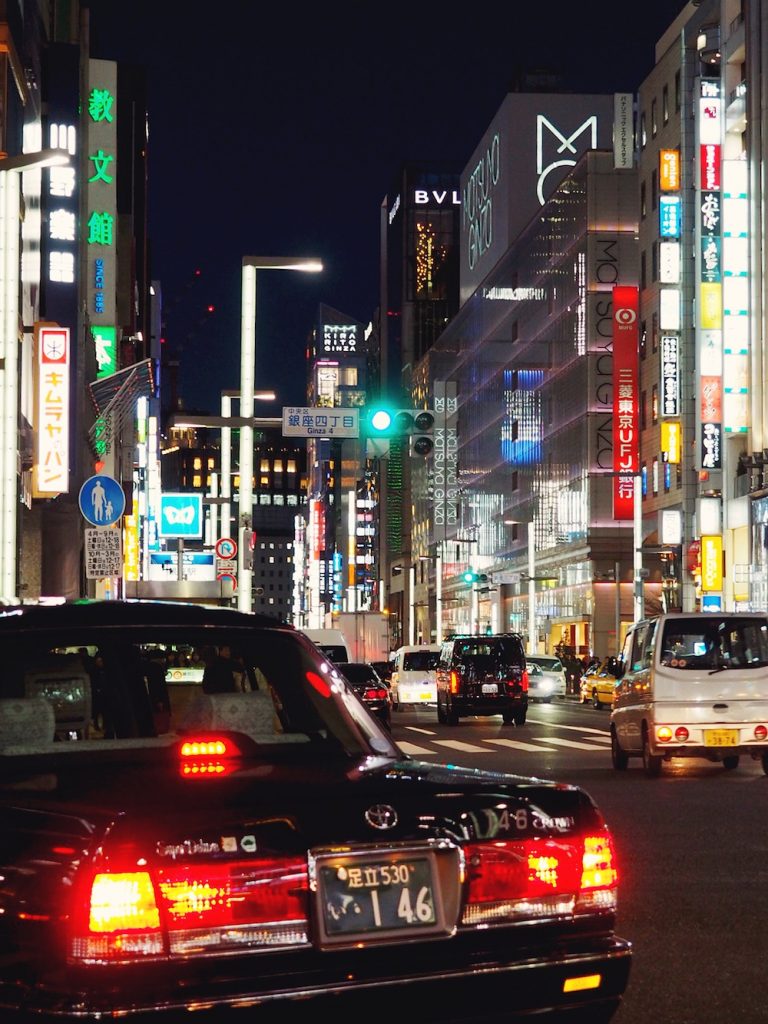
Ginza is a glitzy shopping district where you can find some of Tokyo’s oldest department stores but tucked away from the fashion boutiques are the cosy little eateries of Corridor Street.
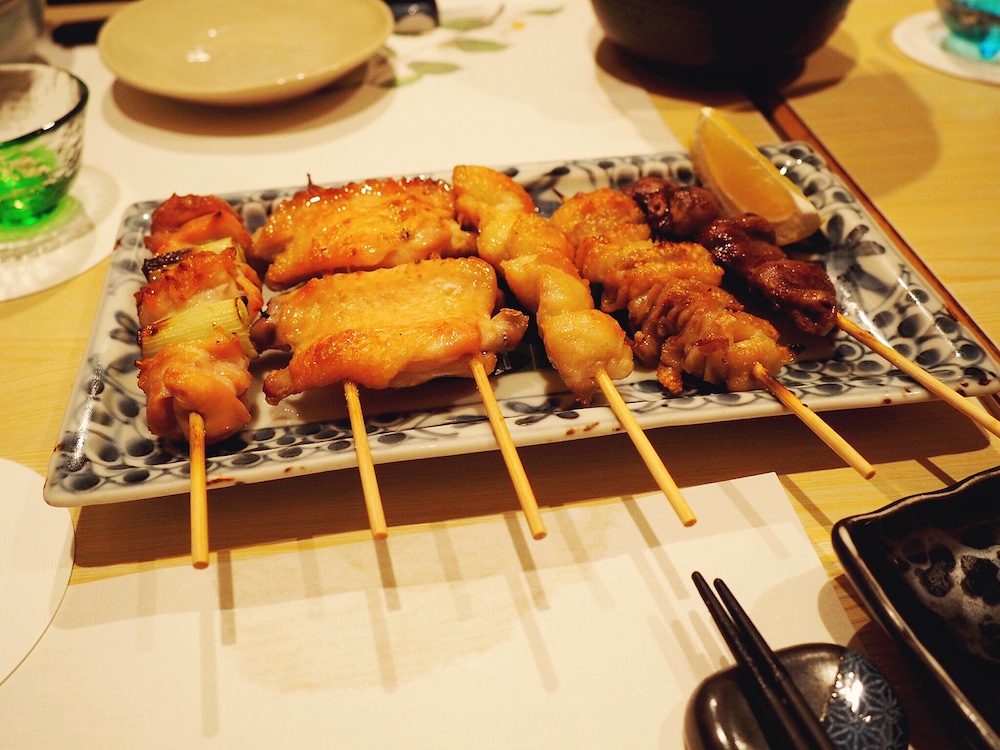
We dined alongside glamorous folks in business suits at Godaigo, an intimate bistro who specialise in Oben and Yakitori. I loved the Steak Yakitori so much we had to order it twice. I also discovered a fondness for Umeshu, a plum wine which tastes great with yuzu.
Get there: Walk from Ginza Station
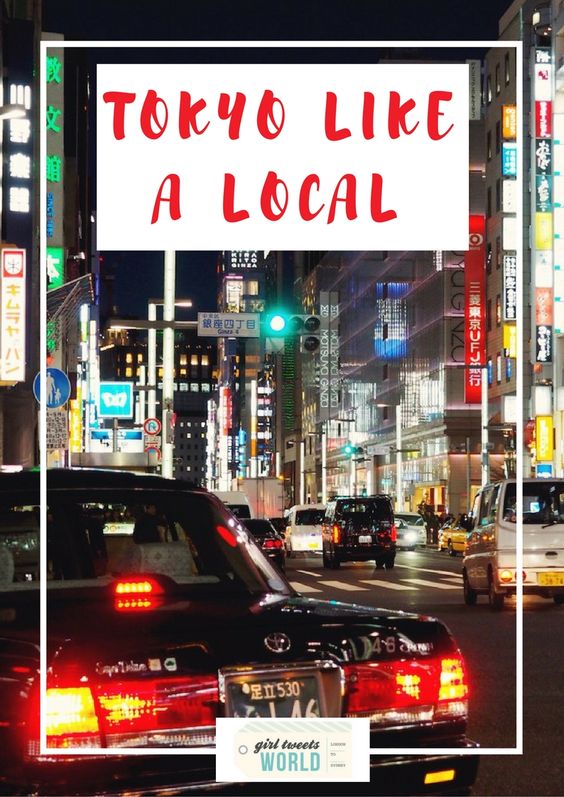 Read next:
Read next:
5 things you need to know before visiting Japan
Japan bucket list: places and experiences not to be missed
Where to stay in Tokyo – review of Park Hotel Tokyo
Disclosure: I’ve travelled to Tokyo as part of a project with Tokyo Convention and Visitors Bureau but have spent a lot of time there on my own buck too. All opinions are my own.


1 thought on “Tokyo Without Tourists: 5 Places Where It’s Just You & The Locals”